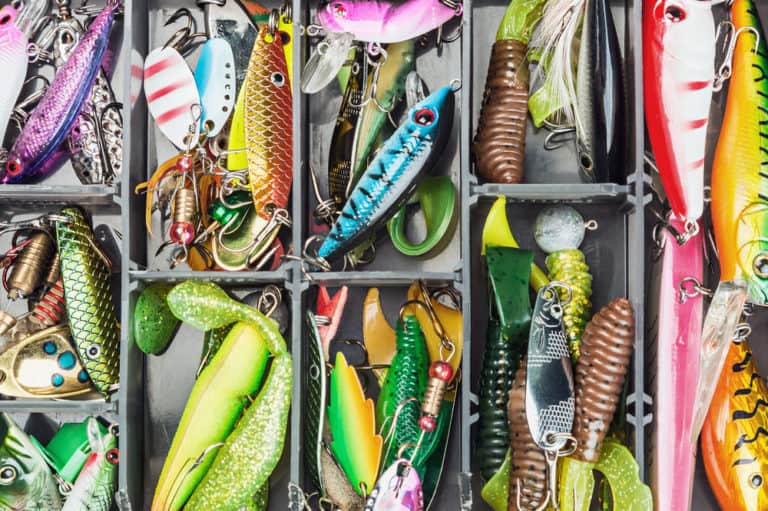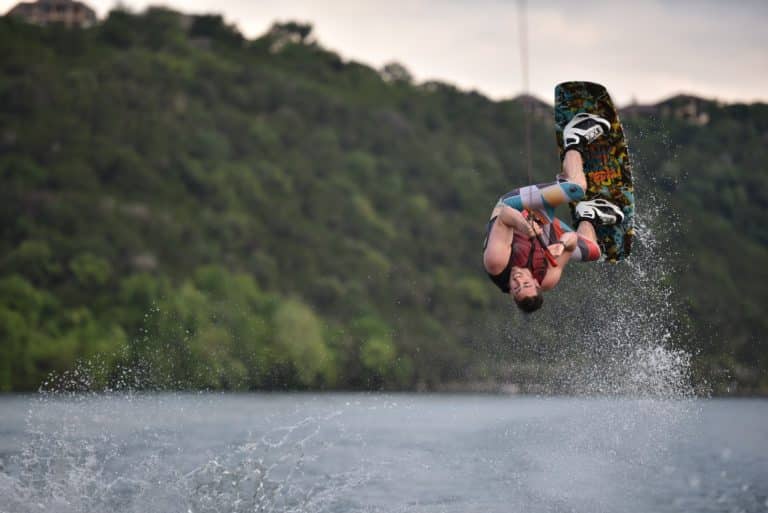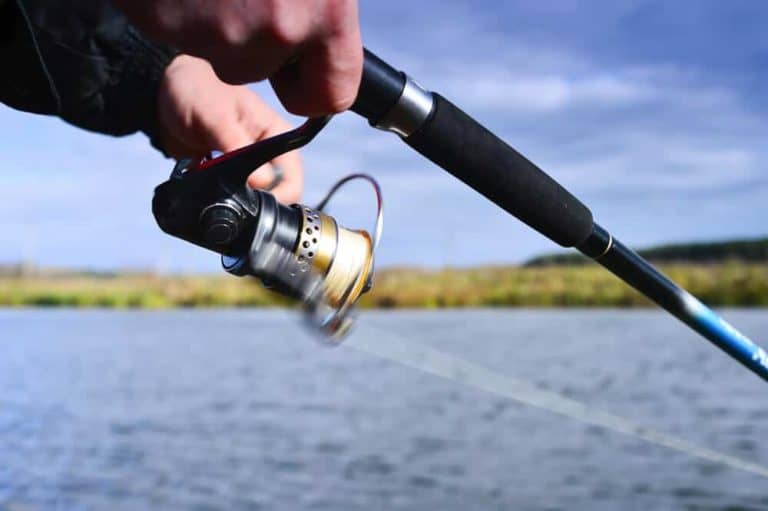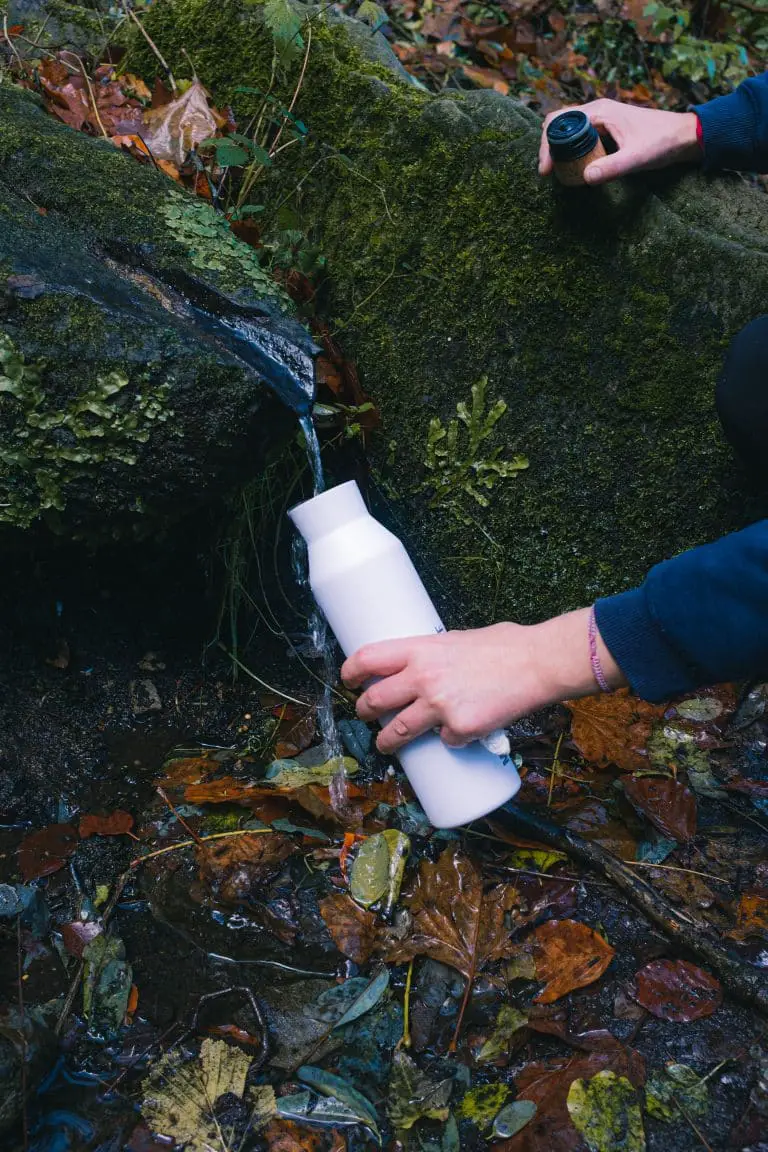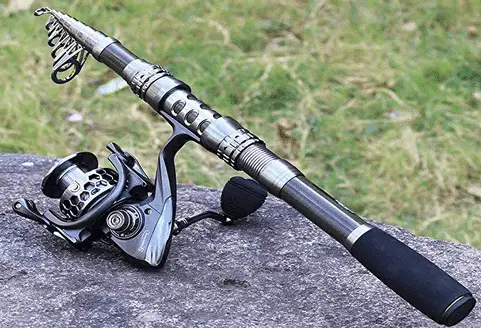Is Fishing Exercise? – How It Impacts Health & Wellbeing
When you think of fishing, it is understandable if; you conjure mental pictures of a relaxing pastime where fishermen are in lazy mode leisurely idling hours away.
There is truth to this narrative; however, there are different kinds of fishing and various actions required during fishing.
So, is fishing exercise? Fishing is a form of exercise that potentially allows you to burn more calories than a session at the gym. Below I will explain how to get an all-around workout and provide calorie-burning and muscle-building tips from fishing.
Burn Calories During Your Commute
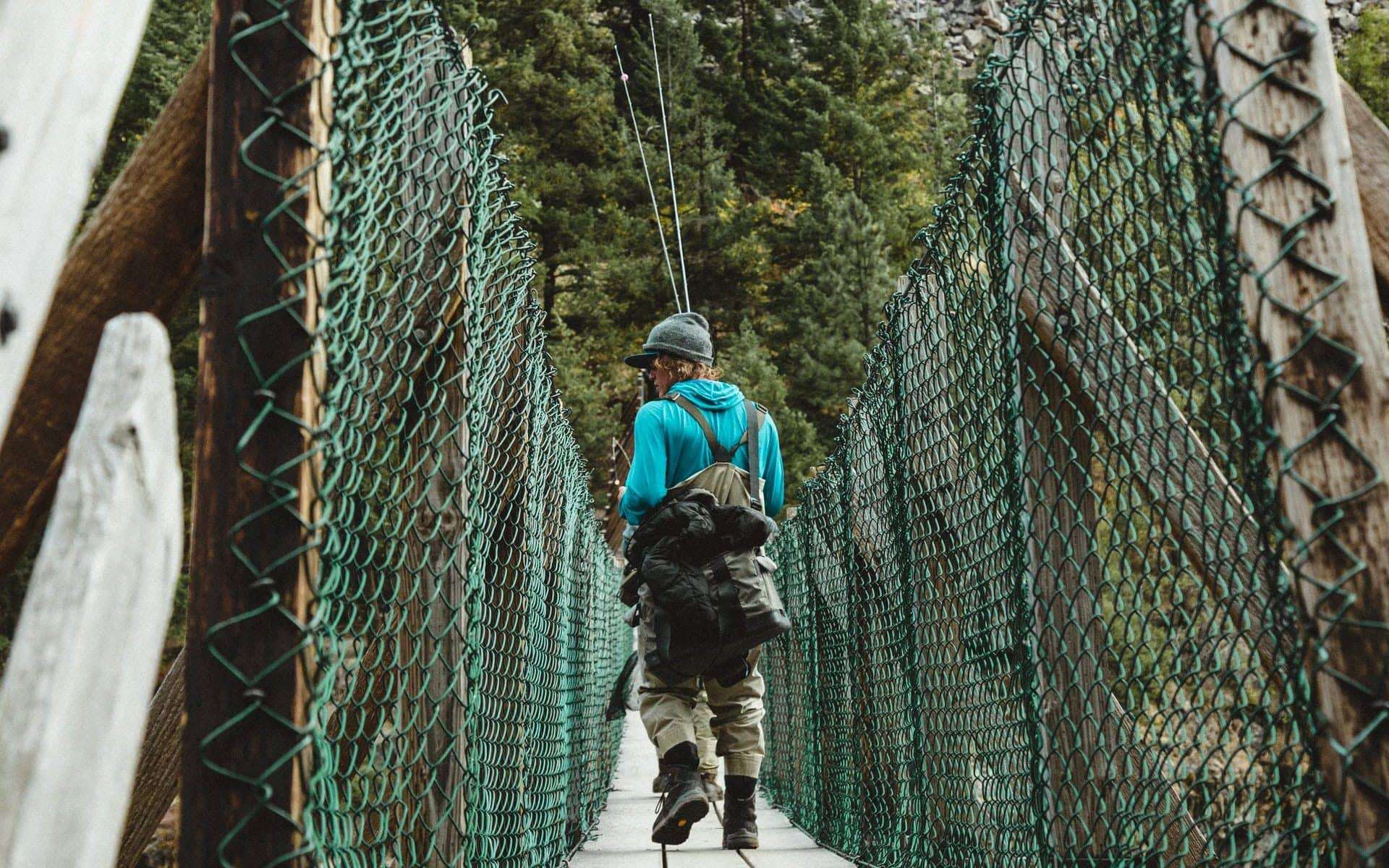
Getting to your desired fishing location presents several opportunities for you to burn calories.
Toting your fishing gear increases the difficulty level and the number of calories you will burn. For starters, hiking begins the calorie-burning process the moment you exit your door.
If hiking is not feasible, riding a bicycle or a hybrid motorcycle that allows you to pedal at times could be more fun than the exercise bike at the gym. If driving is required, find a safe spot to park some distance from your fishing location.
On average, you burn about 100 calories per mile or 75 calories per Kilometre, so you can customize your hike to increase the intensity.
When you get to the water, the terrain could be steep or uneven. You have to navigate over slippery rocks and boulders.
Additionally, you may need to launch your fishing kayak or boat, and once you get in the water, you may need to do some wading or paddling.
You will encounter some level of resistance that increases if you are going against the current. The harder the terrain is to navigate, and the more resistance you experience, the more calories your body burns.
Fishing in The Water
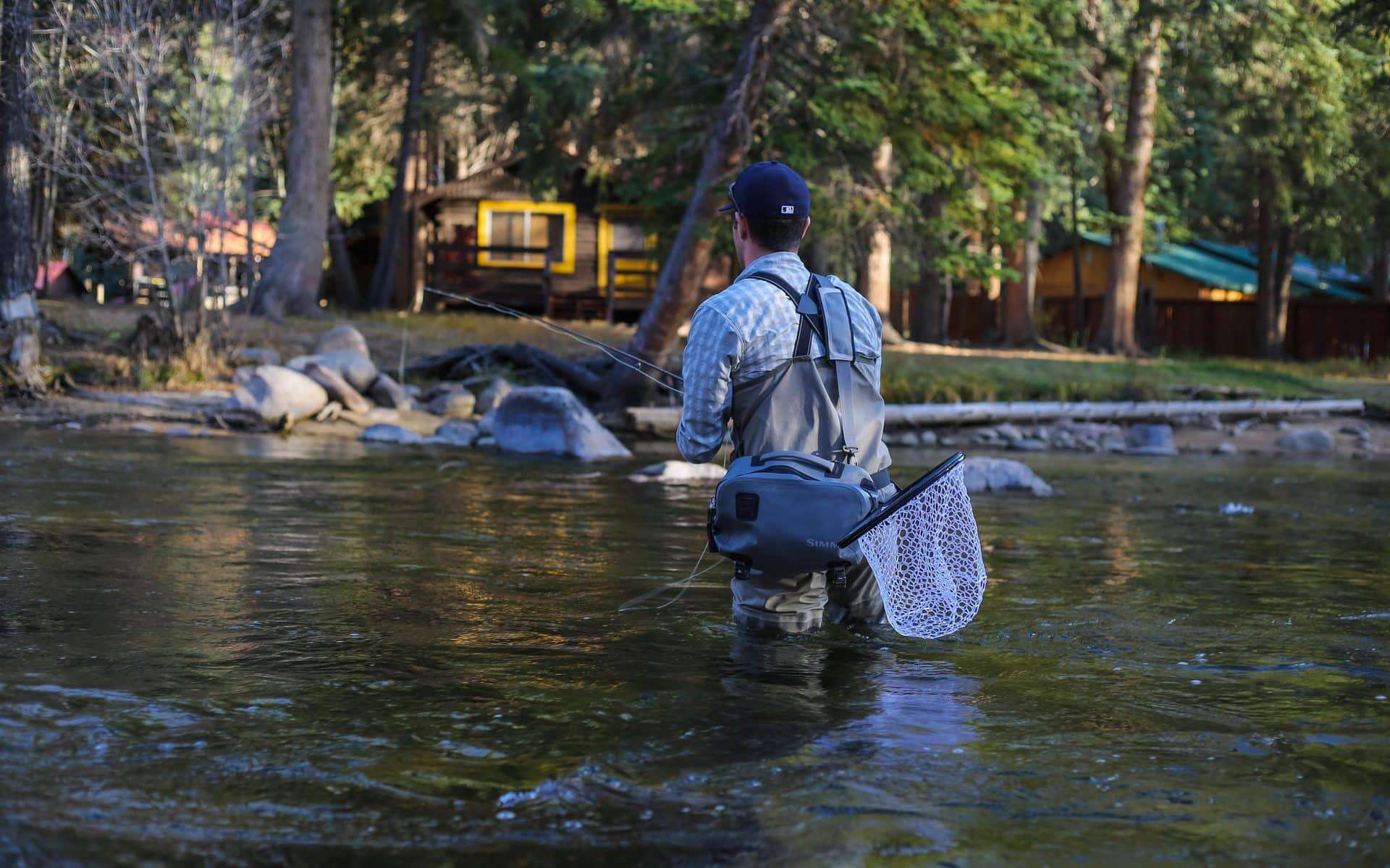
While seated or standing in your boat or the water, you have to contend with current or waves. These water forces seek to knock you off your balance. With each attempt you make to stabilize yourself or your vessel, you exert energy and burn calories.
Repeated Casting and Reeling
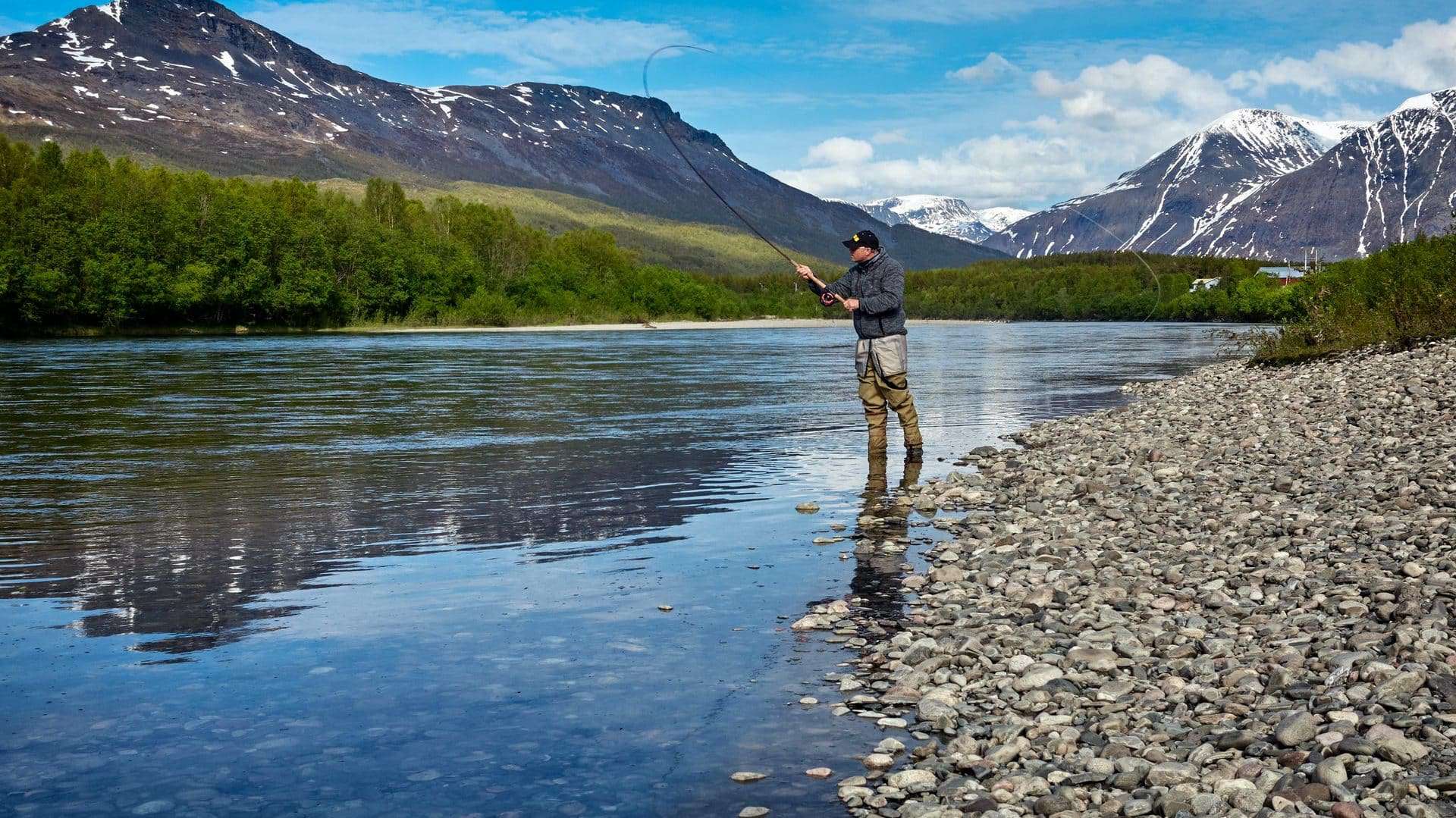
Depending on what you are fishing and the tackle you are using, a typical set-up might weigh anywhere between 5 and 20 lbs. You may need to cast it several times before you get any luck. This is especially true if you are spinning, or fly-fishing.
Prize fish like
Use Wearable Weights
While fishing, you do strenuous activities like pushing, pulling and lifting actions. You may need to hoist a large prize fish, launch a vessel into the water, or drop and pick-up a trolling motor or an anchor.
Adding Weights to your body will increase the resistance of forces such as gravity and water currents. You can add wearable weights like wrist, elbow, ankle, or even vest weight.
They will help you burn even more calories while building strength. Weight adjustable options are available, and you can always remove the wearable if it becomes problematic.
What Muscles do We Use During Fishing?
The short answer to the question of; what muscles we use during finish would be, almost every muscle. Fishing really is a full-body workout.
Above, we looked at different fishing activities requiring energy exertion; we also discussed how wearable weights enhance calorie burning and muscle building.
Let’s explore the different muscle groupings and highlight those most impacted during fishing.
Lower Body and Core Muscles
Leg muscles are most important for heavy lifting and pushing. The large muscles in your legs are the quadriceps and hamstring, they along with core abdominal and lower back muscles are needed to hike up steep gradients or scale rocks.
You also use your core muscles along with small feet, ankle, shin, and calf muscles and tendons to negotiate slippery and uneven surfaces in the water current.
Stressing of muscles and tendons occurs when assisting you to achieve grip and stability while wading and standing in the water. These muscles tend to be sore after fishing.
You also engage your legs and core whilst creating a strong base for casting your line.
Upper Body Muscles
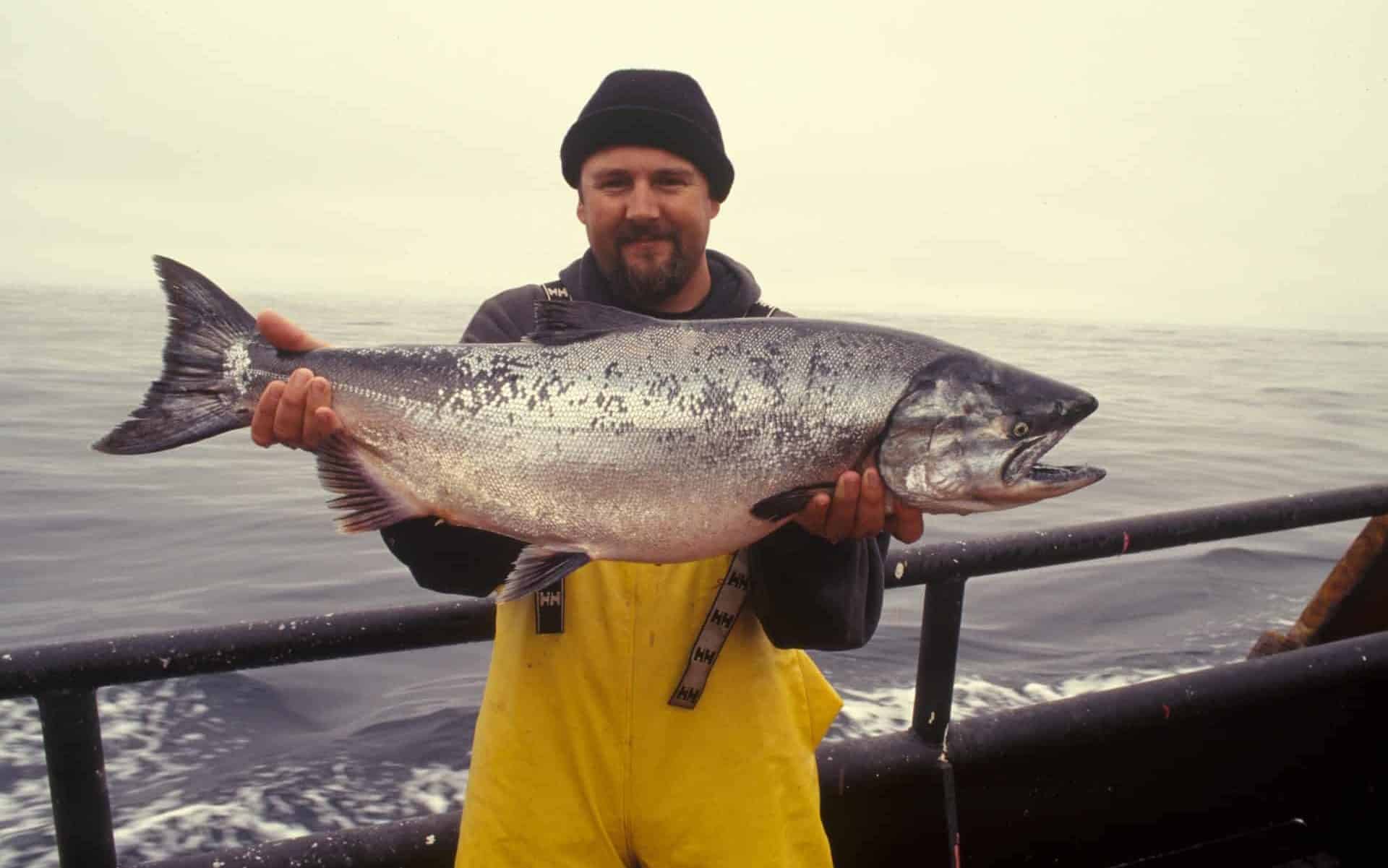
The small muscles in your hands and wrists plus bigger muscles in the forearms, biceps, triceps, and shoulders manipulate fishing rods, and nets.
These muscles help with climbing, rowing, and maintaining your balance and stability. Your arms are raised for backcast and lowered for the forward cast of both nets and rods.
Fish-fighting includes rapid back and forward casting along with fast reeling bursts.
Fish-fighting of large fish requires all your body strength, but it is very taxing on your upper body.
Fish-fighting places significant stress and demand on the upper body muscles, including the hand, wrist, forearm biceps, triceps, shoulders, and back muscles.
Conclusion
Fishing is a very physically demanding exercise; it allows you to burn calories and work muscles in your lower, middle and upper body.
You can customize your fishing experience to maximize workout benefits by integrating hiking, wading, and wearing wearable weights.
The gains to your overall well-being include mental health benefits achieved due to the relaxation and peace of mind enabled by fishing.
Fishing can be done in solitude or as a social activity with close friends and family. Both scenarios help individuals improve mental health depending on their condition.
We hope that this article has helped you answer ‘is fishing exercise?’. Fishing is, an ideal exercise for maintaining a healthy body and a healthy mind.

